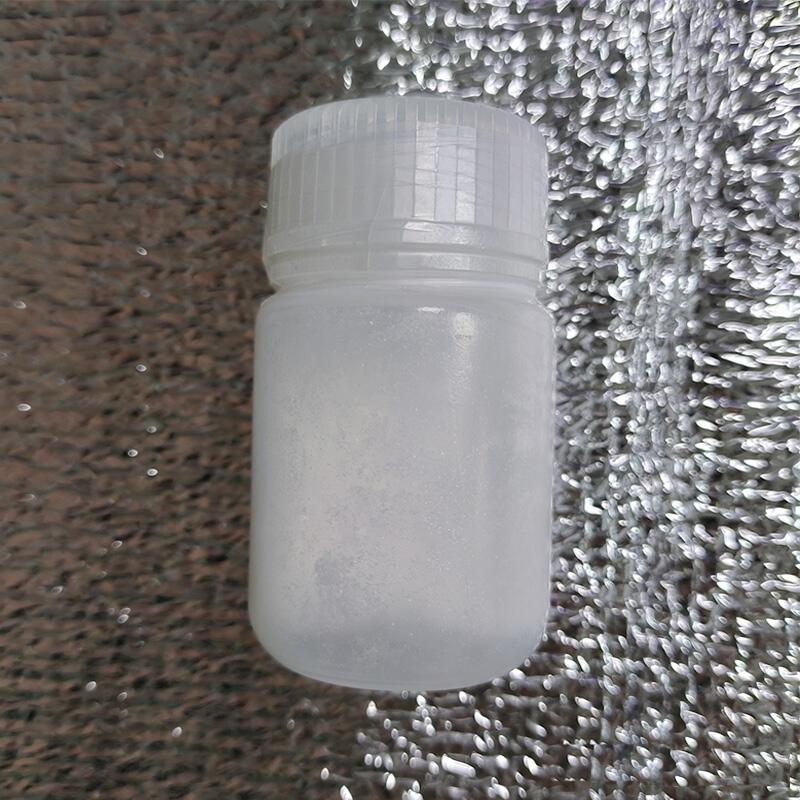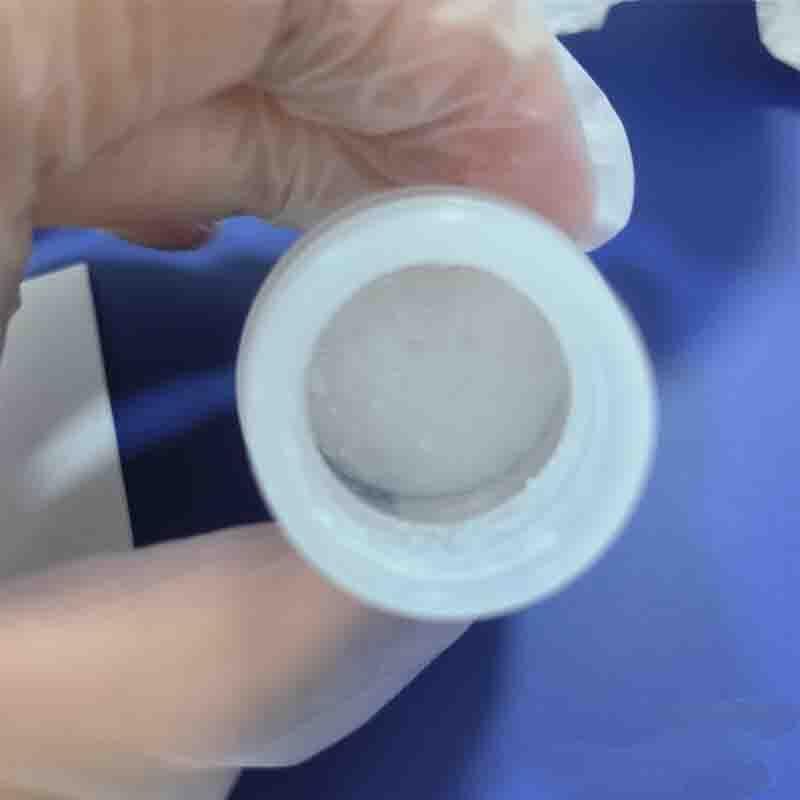-
Categories
-
Pharmaceutical Intermediates
-
Active Pharmaceutical Ingredients
-
Food Additives
- Industrial Coatings
- Agrochemicals
- Dyes and Pigments
- Surfactant
- Flavors and Fragrances
- Chemical Reagents
- Catalyst and Auxiliary
- Natural Products
- Inorganic Chemistry
-
Organic Chemistry
-
Biochemical Engineering
- Analytical Chemistry
-
Cosmetic Ingredient
- Water Treatment Chemical
-
Pharmaceutical Intermediates
Promotion
ECHEMI Mall
Wholesale
Weekly Price
Exhibition
News
-
Trade Service
Bismuth sodium tartrate, also known as bismuth tartrate or bisodium tartrate, is a chemical compound with the formula Na2Bi2O7.
It is a white or yellowish solid that is commonly used in the chemical industry as a catalyst and as a reagent in various chemical reactions.
The production process of bismuth sodium tartrate involves several steps, including the preparation of the raw materials, the reaction process, and the purification and isolation of the final product.
Raw Material Preparation
The production of bismuth sodium tartrate begins with the preparation of the raw materials, which are primarily bismuth oxide and sodium oxide.
Bismuth oxide is typically obtained by heating bismuth metal with a suitable reducing agent, such as carbon or hydrogen.
Sodium oxide, on the other hand, is typically obtained by the electrolysis of sodium chloride.
These raw materials are then mixed together in appropriate ratios to form the starting material for the reaction.
The Reaction Process
The reaction process involves heating the starting material in the presence of a suitable catalyst, such as sodium hydroxide or sodium carbonate, to form the bismuth sodium tartrate.
The reaction occurs in several stages, with the formation of a mixture of sodium bismuthate and water initially.
This mixture is then heated to high temperatures, typically between 1000 to 1300 degrees Celsius, to drive off the water and form the bismuth sodium tartrate.
Purification and Isolation
After the reaction is complete, the bismuth sodium tartrate is typically purified and isolated by a variety of methods.
One common method is to dissolve the reaction product in water and then treat it with a suitable flocculant, such as barium sulfate, to separate the impurities.
The purified product is then filtered and dried to remove any remaining impurities.
Another method is to pass the reaction product through a bed of activated carbon, which adsorbs the impurities and leaves the bismuth sodium tartrate behind.
Quality Control
The quality of the bismuth sodium tartrate produced is typically monitored by testing its chemical properties, such as its solubility in water and its melting point.
The product is also analyzed for impurities using techniques such as X-ray diffraction and nuclear magnetic resonance spectroscopy.
This ensures that the product meets the required specifications for purity and quality.
Applications
Bismuth sodium tartrate has a wide range of applications in the chemical industry.
It is commonly used as a catalyst in various chemical reactions, such as the production of polyester fibers and the polymerization of polyethylene terephthalate.
It is also used as a reagent in the manufacture of dyes, pigments, and other chemical products.
Conclusion
The production process of bismuth sodium tartrate involves the preparation of raw materials, the reaction process, and the purification and isolation of the final product.
The quality of the product is typically monitored by testing its chemical properties and analyzing it for impurities.
Bismuth sodium tartrate has a wide range of applications in the chemical industry and is commonly used as a catalyst and reagent in various chemical reactions.







